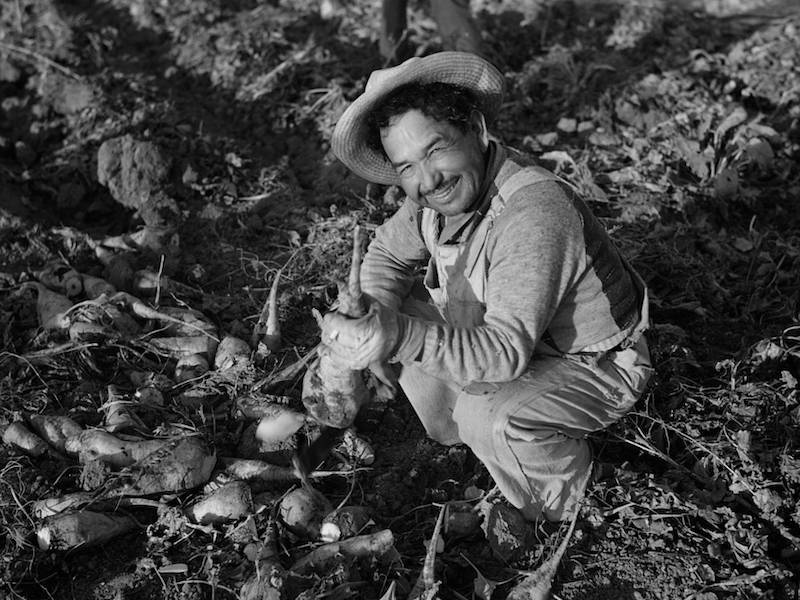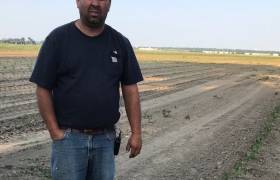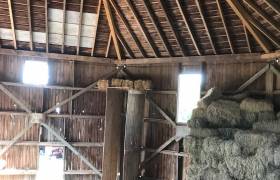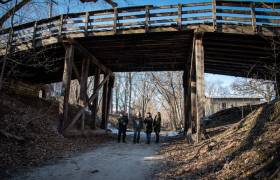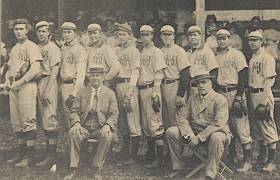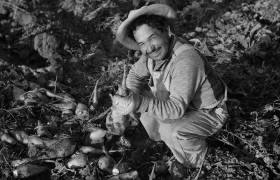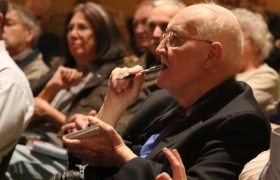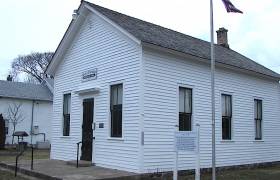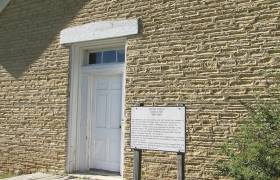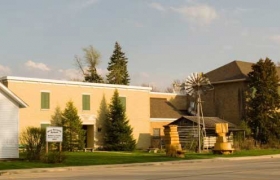Cruise on over to this celebration of of...
Far afield in McHenry County, Latinos, farmers take root
One of the very first newspaper articles I wrote for the old Woodstock Daily Sentinel was about migrant farm workers in Harvard.
Thirty-plus years later, I still recall the back-breaking scene of men cutting cabbages under a hot sun – stooping, knife in hand, over row upon row.
Thursday night’s Raices Latina’s launch event and film screening brought that image to mind once again.
“Working the lettuce fields was very difficult – grabbing the sprout with one hand and cutting with the other,” Juan Zarate says in the 2010 documentary “Harvest of Loneliness: The Bracero Program.” “That work would break you apart. Many people suffered back injuries. It was like fire on your back. Very tiring … imagine doing that for 10 to 12 hours all day.”
There were two shifts from 5 a.m. to 5 p.m. and overnight from 5 p.m. to 5 a.m. – all for $12 to $15 a week.
About 60 people viewed the film March 30 at the Woodstock Opera House, as part of an introductory community event hosted by a groundbreaking coalition consisting of the Farmworker and Landscaper Advocacy Project – FLAP, Illinois Migrant Council, Mano a Mano Family Resource Center, Center for Agrarian Learning at McHenry County College, The Land Conservancy of McHenry County and the McHenry County Historical Society. It was made possible last year through a grant by the Community Foundation for McHenry County.
“McHenry County’s rich agricultural history is not complete without acknowledging the Latino/Latine community’s contribution to it,” project coordinator Zitlali Adame said. “Our goal with the Raices Latinas (Latin Roots) project is to bring residents together to learn and celebrate these contributions through educational, collaborative and storytelling community events.”
Toward that end, current and former migrant workers living in McHenry County are encouraged to share their stories, pictures and any artifacts with the historical society so we can build a permanent archive. For information, go to www.raiceslatinasmc.org.
It is estimated that a half-million men found temporary work in the U.S. through the Bracero program – which operated between August 1942 and December 1964, primarily in California and Texas. The agreement between the American and Mexican governments addressed a national agricultural labor shortage during World War II initially but evolved into an almost slave-like arrangement that unjustly targeted Mexican farmworkers and left their families back home to fend for themselves.
Jesus Nieblas Ortiz, manager of the Empalme (California) Migrant Worker Station, said there were years in which they processed 124,000 Bracero applicants.
“Sometimes there were people who waited three months begging for food. It was very hard. Even to sleep, one had to pay a peso for space to get to rest in the corral at night. But many people suffered … they couldn’t even afford to eat,” Ortiz says in the documentary. “All they had was the hope that their name would the next one to be called.”
Medical examinations included blood pressure checks, heart checks and cursory examinations of the tonsils and teeth. But they also included more subjective gauges, such as whether a person’s hands were calloused or whether they dressed nice. Woe to those who were educated or had soft hands!
Upon arriving at their destination, the men were subjected to concentration-camp conditions: poked, prodded, herded and humiliated. Transported in boxcars used for cattle that had been hosed down and were still wet, they could not sit down. There was no bathroom facilities – not even a bucket.
“They put us inside, stripped us naked … and suffocated us with fumigating machines. The power (DDT) is used in airplanes as insecticides,” Bracero Cipriano Torres said in the film. “They didn’t care if we became blind. They doused our heads with heaps of powder.”
The chemical was so strong that clothes – which also were treated – were hot to the touch.
The Bracero program concluded Dec. 31, 1964, “as mechanization became more widespread. Ultimately, the program resulted in an influx of undocumented and documented laborers, 22 years of cheap labor from Mexico and remittances to Mexico by Braceros,” according to the Library of Congress website. “The Bracero program had brought more than 4 million Braceros (arms) to work in U.S. agriculture and on railroads.”
• • •
Those attending the March 14 “Changing Face of Agriculture” panel discussion at McHenry County College were treated to a vigorous discussion about the challenging transition from other careers to – quite literally – living off the land.
Sarah Farley, local food systems and small farms extension educator in Lake and McHenry counties, cited the statistics from the 2017 Census of Agriculture that underscored the continued importance of farming here.
About 60% of McHenry County’s land area – 208,339 acres – were occupied by 881 farms. The average farm in McHenry County consisted of 236 acres.
But an equally important story is the increasingly many diverse faces practicing farm-to-table agriculture in the county.
Even five year ago, 26% of farmers in McHenry County were new to the industry, and a growing number are female or Latino. They include former business executive Stacy McCaskill of Hempstock Pharms, who is battling with the county to update outdated specialty-use agricultural zoning requirements, and Los Angeles native Tim Brown, who moved here from Los Angeles in 2008 to raise vegetables in Marengo.
“For the most part, it’s just hand tools and hard work,” Brown said. “But I’ve always had a fascination with farming.”
• • •
Join the McHenry County Historical Society when it presents “Before the Chicago Cubs: Baseball Comes to the Windy City” at 6:30 p.m. Monday, April 10, in the Willow Room of the Huntley Park District REC Center, 12015 Mill St. in Huntley.
Professor Bruce Allardice will discuss the origins of the sport and early (pre-1870) “base ball” in McHenry County.
• Kurt Begalka, former administrator of the McHenry County Historical Society and Museum in Union.
Published April 3, 2023 in the Northwest Herald
 © 2025 MCHS- All Rights Reserved.
© 2025 MCHS- All Rights Reserved.

